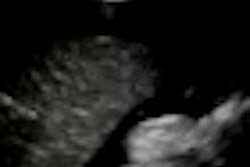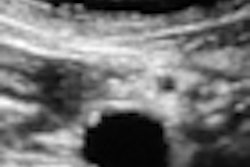Ultrasound-guided nerve block procedures haven't been shown to increase pain relief, according to an article in the September issue of Anesthesia & Analgesia.
A meta-analysis found insufficient evidence to define the effects of ultrasound guidance compared with traditional nerve localization techniques on acute pain and related outcomes, according to authors Dr. Stephen Choi and Dr. Richard Brull of the University of Toronto.
The researchers included data from 23 studies in which 1,674 total patients were randomly assigned to ultrasound-guided versus traditional nerve block techniques.
Ultrasound guidance failed to demonstrate a clear advantage in pain relief. Of 16 studies evaluating pain severity, eight found less pain with ultrasound-guided nerve block. But the pain reductions were generally small, with only one study finding more than a one-point difference on the standard 10-point pain-rating scale, according to the authors.
Mixed results were also found in terms of the duration of nerve block or the need for strong pain medications. The researchers found that most other outcomes showed no differences between ultrasound guidance and traditional nerve localization techniques.
However, an accompanying editorial made the case that the results are good news. Because ultrasound-guided nerve blocks have contributed to the increased use of regional anesthesia, equivalence is actually a victory, wrote Dr. John Antonakakis and Dr. Brian Sites.



















